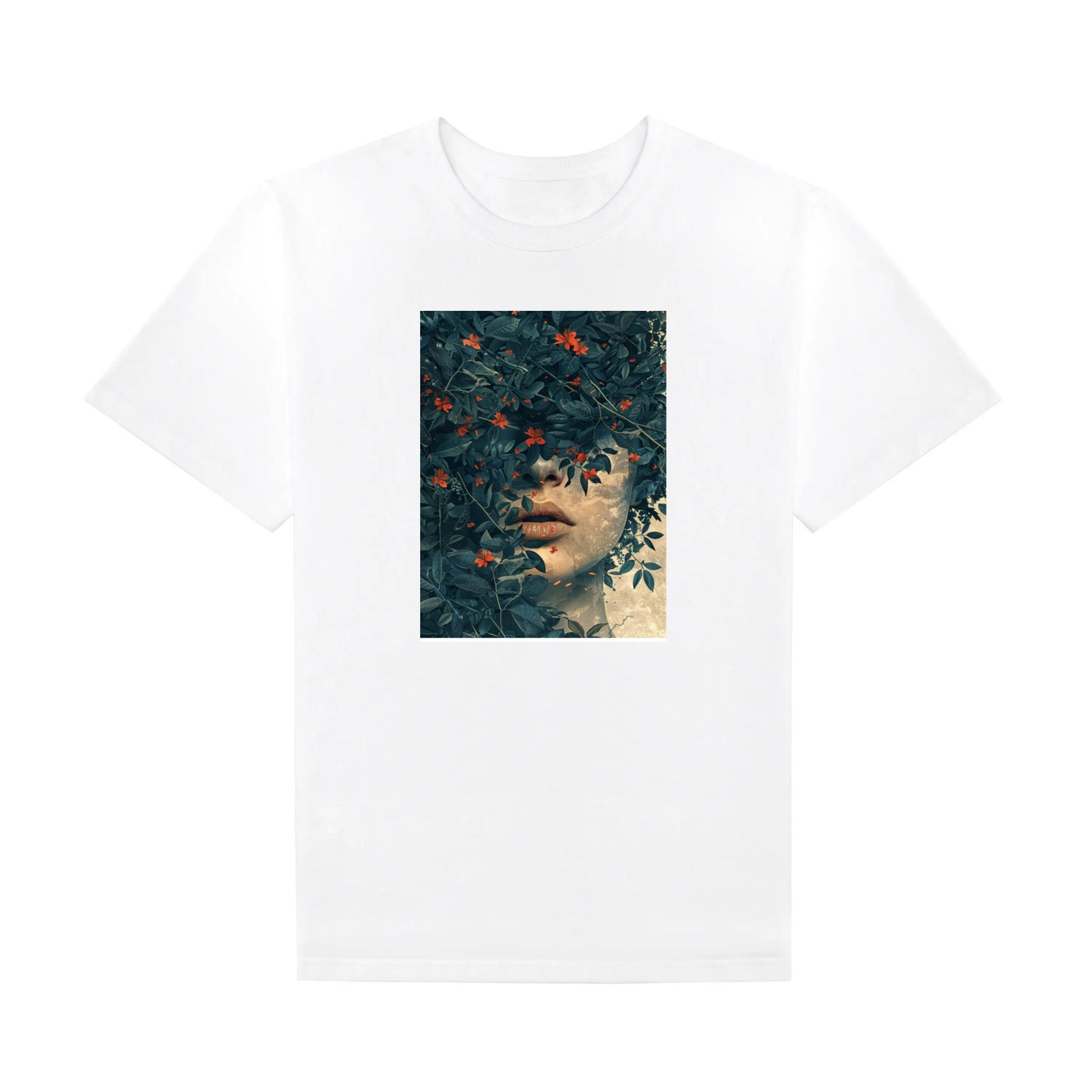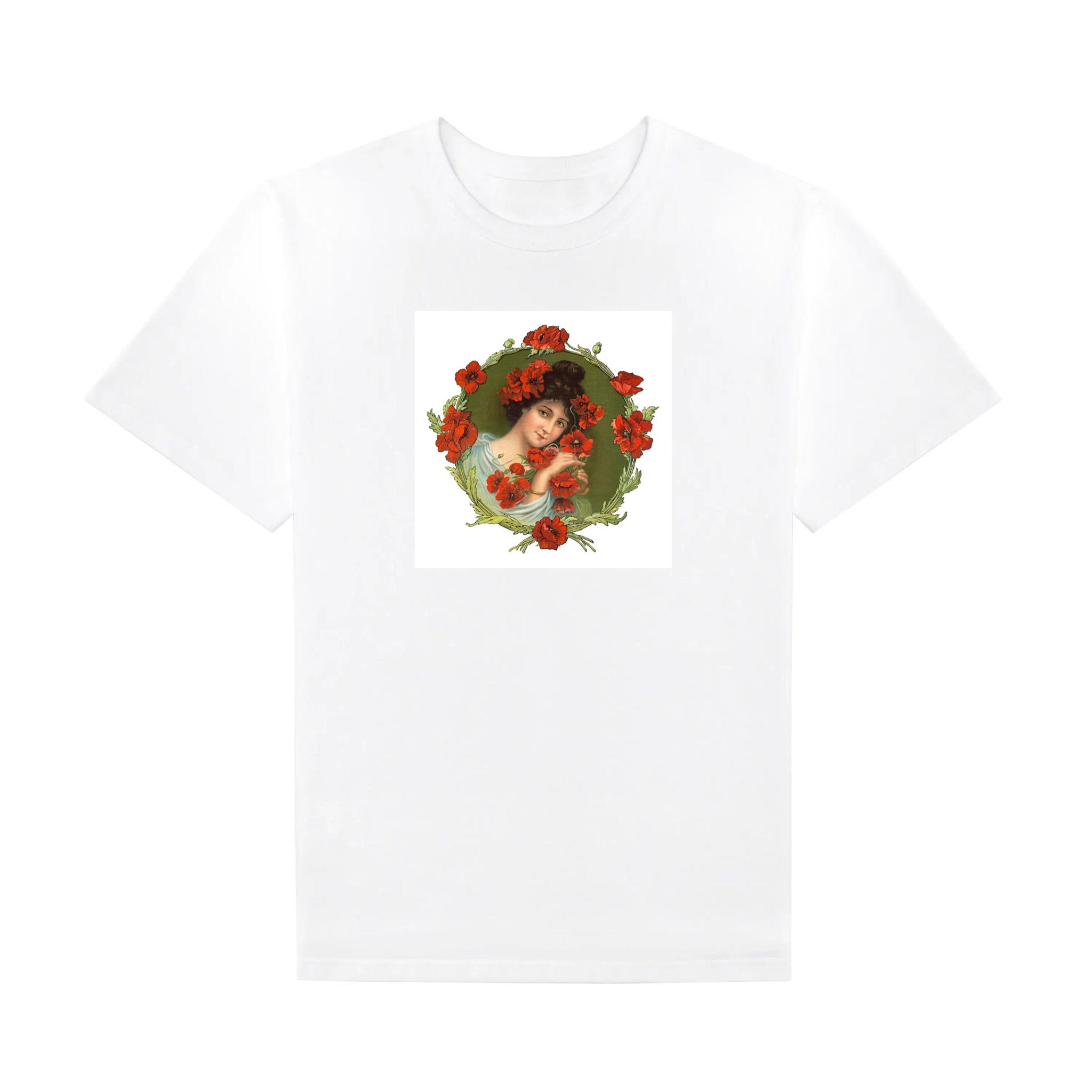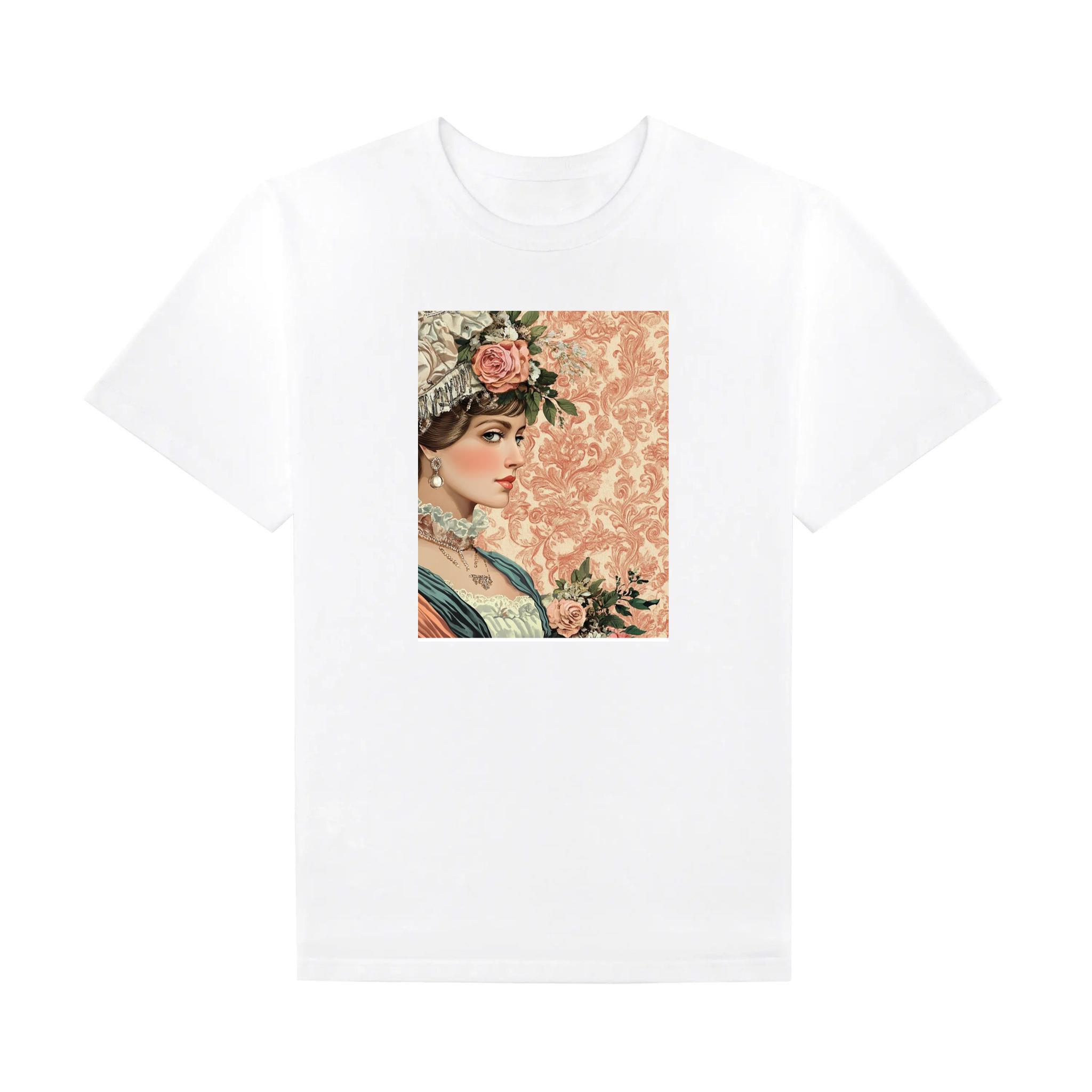Introduction
Few garments have enjoyed the universal appeal, enduring popularity, and cross-generational resonance of the T-shirt. From its humble origins as an undergarment to its current status as a statement piece, the T-shirt has transcended time, geography, and social strata. This soft, versatile item of clothing has become a canvas for personal expression, a staple of casual fashion, and, for many, a symbol of comfort and identity. In this article, we will delve into the history, materials, design, cultural impact, sustainability challenges, market dynamics, and future prospects of the ubiquitous T-shirt. Through this exploration, we will uncover why a simple cotton jersey knit has evolved into a global phenomenon and why it remains as relevant today as ever.
History and Origins
The origins of the T-shirt can be traced back to the late 19th and early 20th centuries, when lightweight, one-piece undergarments—known as union suits—were common. As temperatures rose and workers demanded greater comfort, the long sleeves of these garments were cut away, giving rise to a shorter, lighter version. By 1913, the U.S. Navy had issued briefs resembling modern T-shirts as undergarments for sailors, recognizing their practicality and breathability in hot conditions. The nomenclature “T-shirt” emerged informally around this time, referencing the garment’s T-shaped silhouette.
In the 1920s and 1930s, actors and athletes began wearing T-shirts as outerwear, signaling a shift in social perceptions. Iconic figures such as Marlon Brando in A Streetcar Named Desire (1951) and James Dean in Rebel Without a Cause (1955) cemented the T-shirt’s association with youth rebellion and casual coolness. By the 1960s and 1970s, screen printing technologies enabled complex graphics, logos, and slogans to adorn the chest, transforming the T-shirt into a medium for branding, protest, and creative expression. Since then, the T-shirt has mirrored cultural shifts—punk rock, hip-hop, skate culture—each era imprinting its ethos onto this blank canvas.
Materials and Manufacturing
Traditionally, T-shirts have been crafted from cotton, prized for its softness, breathability, and moisture-wicking properties. Egyptian and Pima cotton varieties, known for their long fibers, have been sought for premium shirts with a silky hand feel and enhanced durability. During the late 20th century, the incorporation of synthetic fibers—most notably polyester—gave rise to blended fabrics. A common 50/50 cotton-polyester blend offers reduced shrinkage, increased wrinkle resistance, and faster drying. More recently, tri-blends combining cotton, polyester, and rayon have emerged, prized for their drape and lightweight feel.
Manufacturing of T-shirts typically involves knitting the base fabric, cutting the panels (front, back, sleeves), and sewing them together. Ribbing is added at the neckline to maintain shape, while hem and sleeve edges are finished with overlock stitching. Modern factories employ automated cutting machines and computerized pattern layouts to minimize waste and optimize fabric utilization. Nonetheless, labor-intensive tasks—such as sewing and quality inspection—often occur in regions with lower labor costs, giving rise to complex global supply chains.
Design, Printing, and Customization
One of the most compelling aspects of T-shirts is their adaptability to customization. Screen printing, developed in the 1960s, remains a dominant method for applying vibrant, durable graphics. It involves forcing ink through a mesh stencil onto fabric, layer by layer, allowing for bold, solid-color designs. Digital direct-to-garment (DTG) printing, which became commercially viable in the 2000s, uses inkjet technology to reproduce high-resolution images without the need for screens. DTG is particularly suited for short runs and intricate, multicolor artwork, though it can be slower and less color-saturated than screen printing.
Heat transfer, vinyl layering, and embroidery further expand the design toolkit. Heat-pressed decals enable low-cost, on-demand customization, while embroidery adds a tactile, upscale appearance. Tie-dye, batik, and hand-painting offer artisanal variations, often associated with DIY culture or limited-edition collections. Major brands collaborate with artists, musicians, and influencers to produce capsule collections that fuse fashion, art, and marketing in a single garment.
Cultural Impact and Symbolism
Beyond mere apparel, T-shirts have served as potent vehicles for communication. Political campaigns have long leveraged slogan T-shirts to rally supporters and broadcast messages. Protest movements—from anti-war marches in the 1960s to modern-day climate activism—employ printed shirts as mobile billboards, uniting participants under a common banner. Meanwhile, band T-shirts function as badges of musical allegiance, whether a classic rock tour tee from the 1970s or a contemporary indie outfit’s merch.
In subcultures such as skateboarding and streetwear, the T-shirt is a foundational element, often featuring bold logos or cryptic graphics. High fashion, too, has embraced the T-shirt: luxury houses stamp their logos on cotton tees, blurring lines between casualwear and couture. Collaborations between streetwear labels and luxury brands—such as Louis Vuitton x Supreme—have elevated the T-shirt to collectible status, commanding resale prices far above production costs.
Styling and Fashion Trends
The T-shirt’s simplicity belies its styling versatility. Worn alone with jeans or shorts, it epitomizes effortless casualness. Layered under blazers, denim jackets, or flannel shirts, it adds texture and dimension. Oversized silhouettes, crop cuts, and elongated tees—popularized by skateboard culture and athleisure—offer modern reinterpretations. Rolling up sleeves, knotting the hem, or tucking into high-waisted bottoms demonstrate how minor tweaks can shift an outfit’s entire aesthetic.
Color trends cycle from muted neutrals—white, gray, black—to vibrant hues and pastels. Graphic placements vary: chest emblems, full-front prints, oversized back art, or discrete sleeve logos. Sleeve length can range from cap sleeves and elbow-length cuts to extended, biker-style silhouettes. Necklines evolve as well: crew necks dominate, but V-necks, scoop necks, and boat necks appear seasonally, catering to diverse preferences.
Sustainability and Ethical Considerations
As global apparel consumption accelerates, the environmental footprint of T-shirt production has come under scrutiny. Conventional cotton cultivation is water-intensive and reliant on pesticides, raising concerns about soil degradation and water scarcity in cultivation regions. Polyester, derived from petroleum, contributes microplastics to wastewater during washing. Transporting garments across continents amplifies carbon emissions.
In response, brands and consumers are embracing sustainable alternatives. Organic cotton—grown without synthetic fertilizers or pesticides—reduces chemical runoff and supports healthier soils. Recycled polyester, sourced from plastic bottles or textile waste, diverts debris from landfills and decreases reliance on virgin petroleum. Innovative fibers—such as Tencel (lyocell), made from sustainably harvested wood pulp—offer biodegradable, low-impact options. Low-impact dyes and closed-loop water systems aim to conserve resources and minimize effluent.
Ethical labor practices also shape the discourse. Consumers increasingly demand transparency in supply chains, prompting brands to disclose factory locations, wage standards, and audit results. Certifications like Fair Trade, Global Organic Textile Standard (GOTS), and OEKO-TEX provide third-party verification, though critics caution that not all labels guarantee comprehensive ethics or environmental responsibility.
Global Market and Economic Significance
The T-shirt market is a multibillion-dollar industry, encompassing mass-market retailers, fast-fashion chains, specialty boutiques, and independent print shops. Major apparel conglomerates—such as Nike, H&M, and Uniqlo—leverage T-shirts as core products, balancing basic offerings with seasonal designs. Online platforms like Etsy and Redbubble empower small-scale entrepreneurs to sell custom prints without upfront inventory.
Emerging markets in Asia, Latin America, and Africa present growth opportunities, fueled by rising incomes and expanding urban middle classes. At the same time, developed markets exhibit saturation, prompting brands to differentiate through storytelling, limited editions, and experiential retail. Print-on-demand services reduce inventory risk and cater to niche audiences, demonstrating how digitalization reshapes manufacturing and distribution models.
Future Outlook
Looking ahead, the T-shirt will continue evolving at the intersection of technology, fashion, and sustainability. Smart textiles—integrating sensors for health monitoring or temperature regulation—could redefine functionality. 3D printing and digital knitting may streamline production, enabling zero-waste manufacturing and rapid prototyping. Artificial intelligence-driven design platforms might tailor graphics to individual preferences, while blockchain ensures provenance and authenticity.
Despite these innovations, the core appeal of the T-shirt—its comfort, simplicity, and capacity for self-expression—will endure. As long as individuals seek an affordable, accessible medium to convey identity, sentiment, and style, the T-shirt will remain the garment of choice.
Conclusion
From naval undergarment to global icon, the T-shirt’s journey reflects broader social, cultural, and technological shifts over more than a century. Its adaptability—across materials, designs, and meanings—underscores its unique place in the apparel landscape. Challenges around sustainability and ethics compel stakeholders to rethink practices, yet opportunities abound in innovation and digital transformation. Ultimately, the T-shirt’s simplicity is its greatest strength: a blank canvas that invites endless reinvention, just as each wearer brings their own story to its surface.








